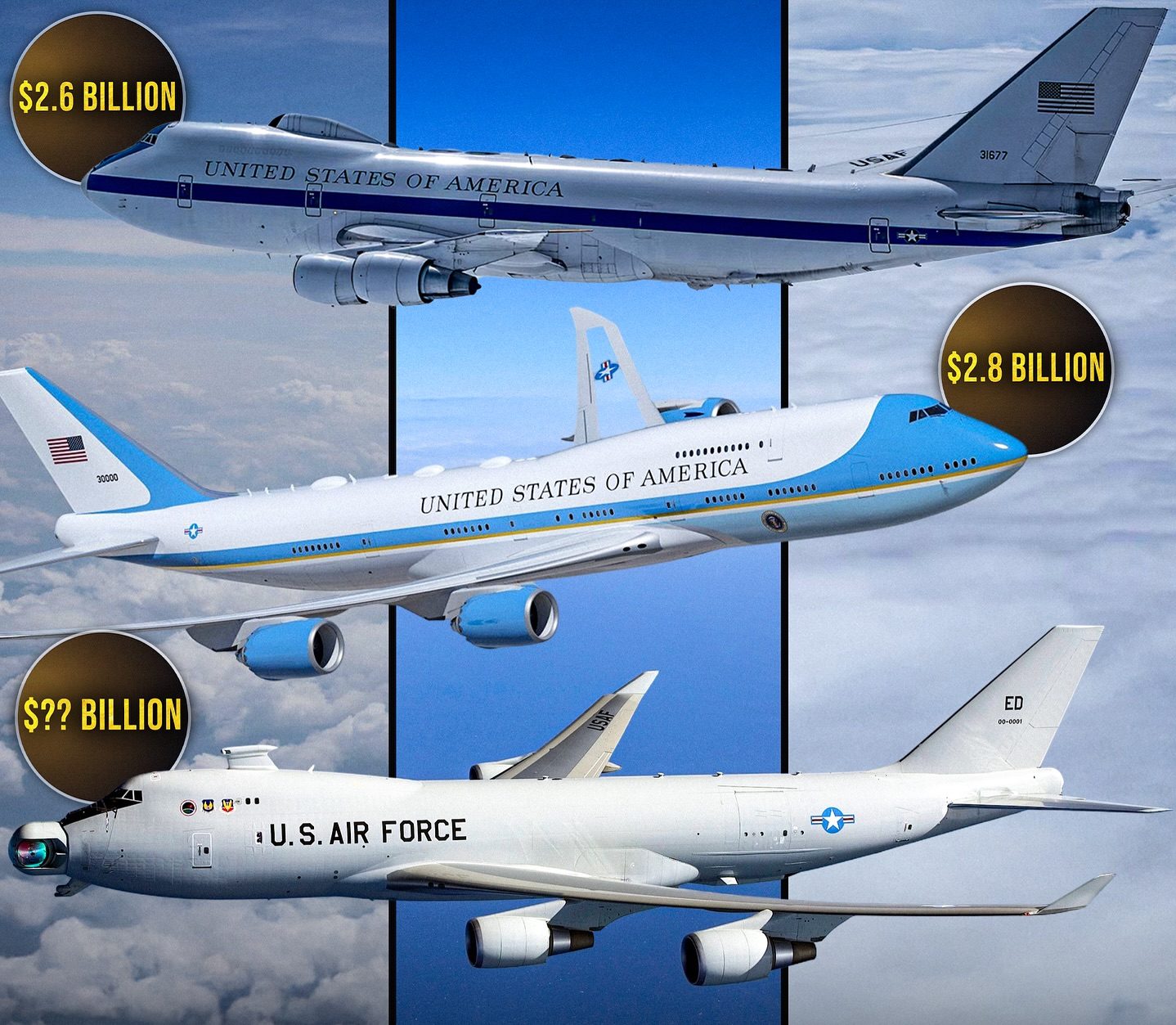The Most Expensive Airplanes Ever Built — From Air Force One to Stealth Bombers Costing Billions
Introduction
The world’s costliest airplanes are like flying national vaults. These machines are more than just aircraft; they are airborne fortresses, nuclear command centers, and global symbols of technological dominance. Built with price tags that often exceed a billion dollars each, they serve roles where failure simply isn’t an option. Their true cost, however, goes far beyond the sticker price. Programs stretch over decades, with constant research, testing, and upgrades pushing totals into the tens of billions. Even keeping them operational is a financial feat, with some stealth bombers costing nearly $150,000 for every single flight hour. And because fleets are so limited—often fewer than 50 units—each airframe carries massive responsibilities, from protecting nuclear command systems to transporting world leaders. Let’s take a closer look at the most expensive airplanes ever built, each one a story of ambition, secrecy, and unmatched engineering.
VC-25B “Air Force One” — $2.8 Billion
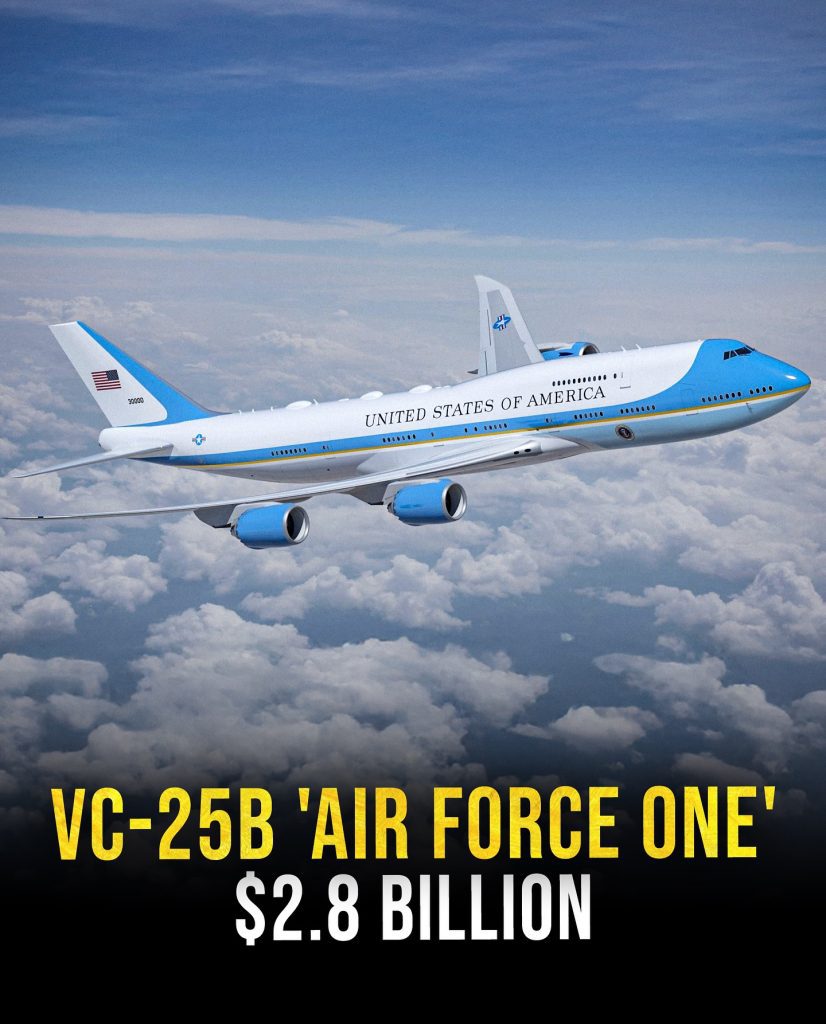
Perhaps the most famous plane in the world, Air Force One is far more than a luxurious ride for the President of the United States. The VC-25B program, built on the backbone of Boeing’s 747-8 platform, represents one of the most advanced flying command centers ever created. Outfitted with cutting-edge communications, missile defense systems, and secure capabilities, it ensures that the U.S. president can command the nation even in the darkest scenarios. Its $2.8 billion price tag covers only part of the story—the entire program stretches into billions more when accounting for specialized facilities, secret modifications, and decades of support. Symbolically, it’s an icon of American power, instantly recognizable worldwide. For many, its presence is as much psychological as it is practical, serving as a moving White House above the clouds.
Boeing E-7 Wedgetail — $857 Million
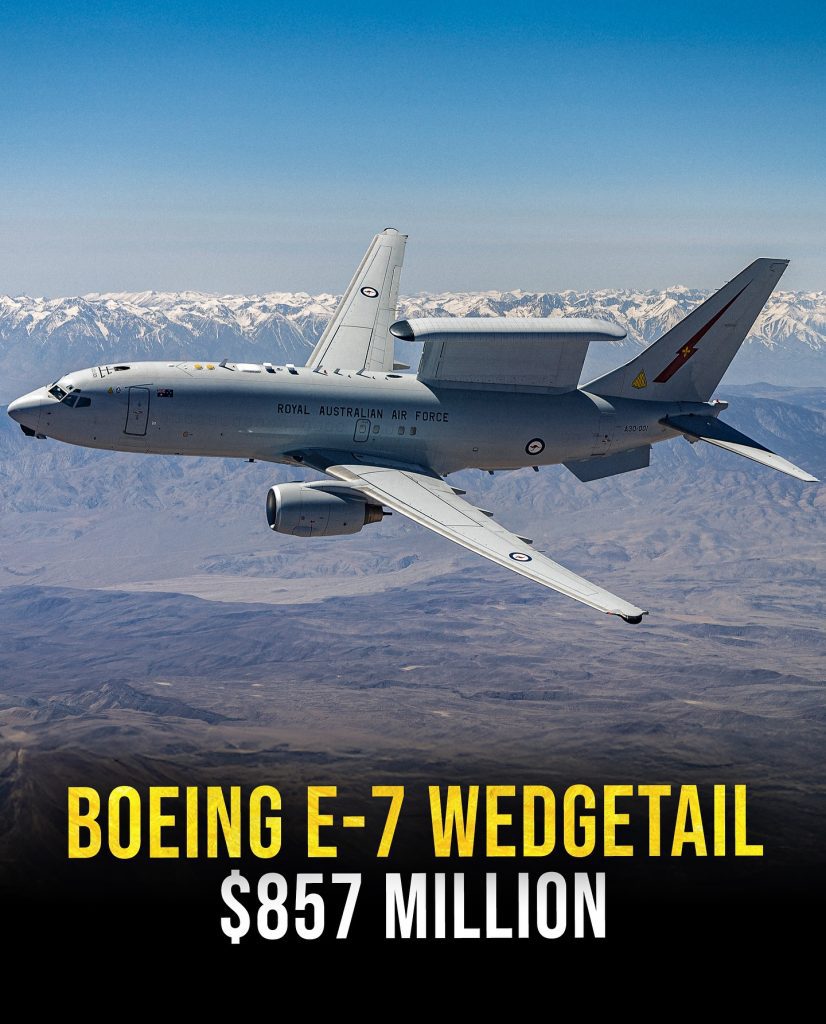
While not as famous as Air Force One, the Boeing E-7 Wedgetail plays an equally critical role for the nations that operate it, including Australia and the United Kingdom. Designed as an airborne early warning and control platform, this aircraft transforms the skies into a radar shield. Its massive phased-array radar can monitor airspace across hundreds of miles, giving militaries unparalleled situational awareness. At nearly $857 million per unit, it is cheaper than some of its stealthier cousins, but its importance cannot be overstated. In modern warfare, information dominance often determines victory, and the Wedgetail ensures that its operators can see threats before they strike. For its price, it is not just a plane—it’s a guardian of national airspace.
Northrop Grumman B-2 Spirit — $2.131 Billion
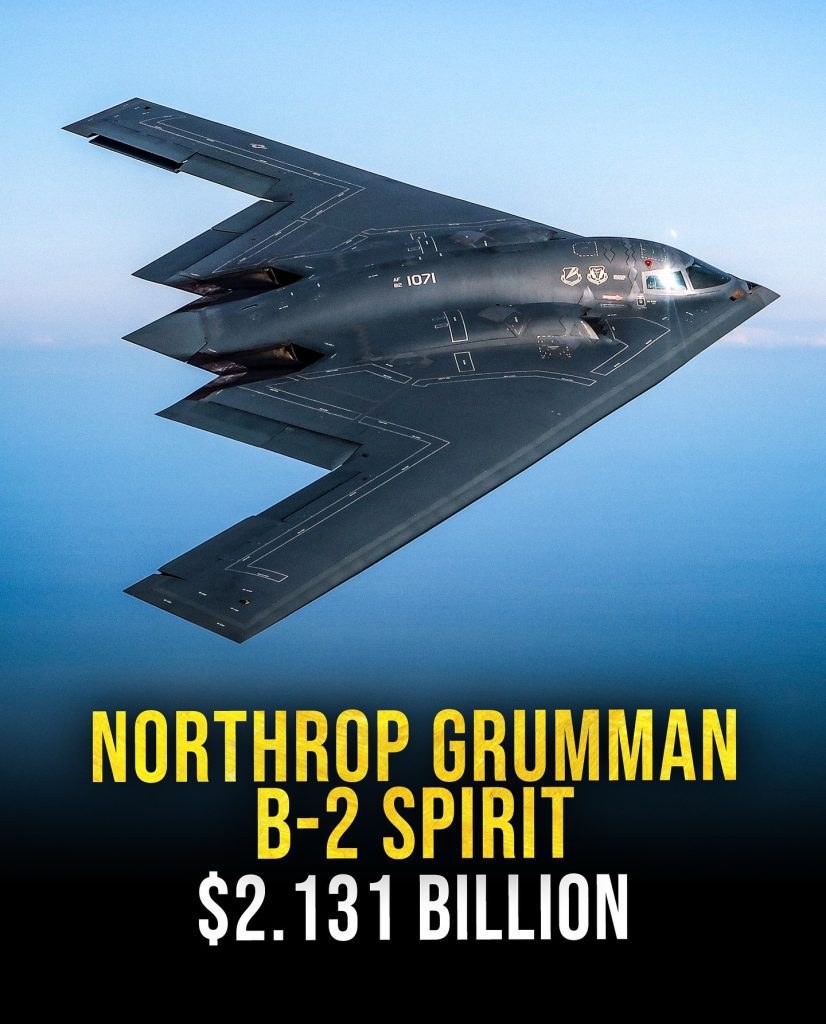
Few airplanes inspire as much awe and secrecy as the B-2 Spirit. Its flying wing design remains one of the most recognizable silhouettes in aviation history. Developed during the Cold War, the B-2 was designed to slip past enemy radar and deliver nuclear payloads deep within hostile territory. Each aircraft cost over $2 billion, but the true program costs ran even higher, pushing into the tens of billions. With only 21 ever built, each one represents a rare combination of stealth, technology, and power. Today, the B-2 continues to fly missions worldwide, but each hour in the air costs upwards of $150,000. It remains one of the most expensive weapons systems in history, but also one of the most vital for deterrence and defense.
Operations Center E-4C “Doomsday Plane” — $2.6 Billion
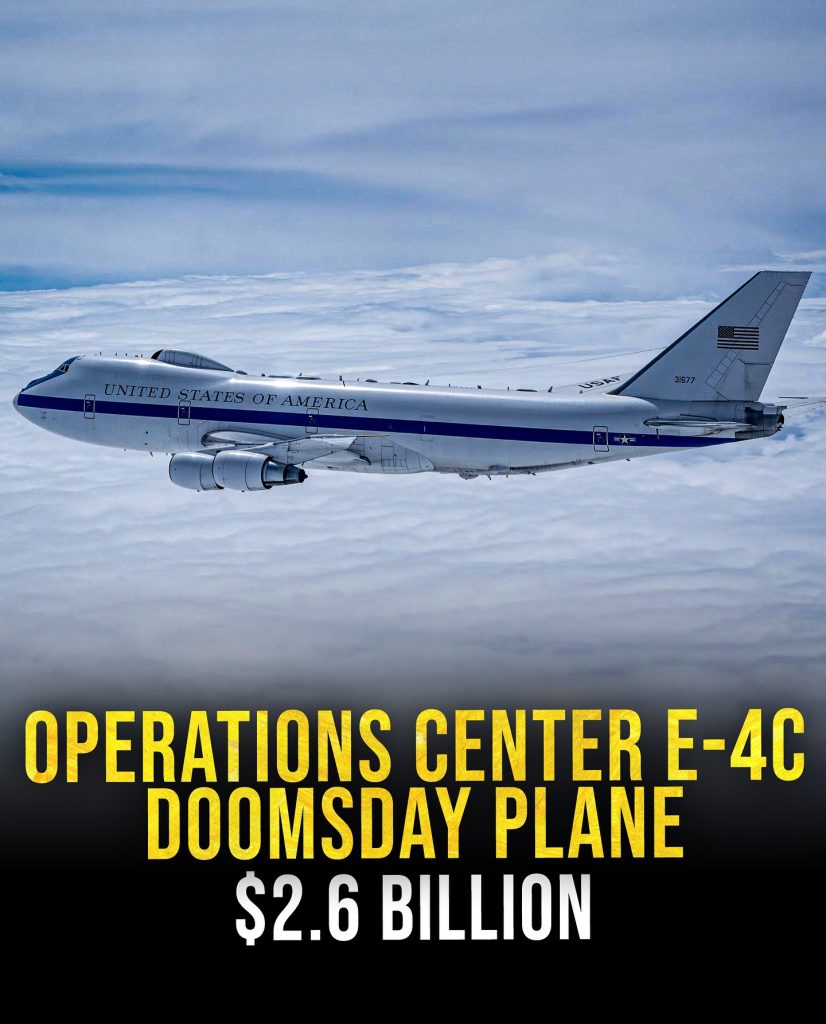
Nicknamed the “Doomsday Plane,” the E-4C is one of the most chilling yet critical aircraft in existence. Designed as a flying command post in case of nuclear war or catastrophic attack, it ensures that top U.S. officials can control the military even if ground-based facilities are destroyed. With its hardened communications systems, the E-4C can survive electromagnetic pulses, nuclear fallout, and extended operations in the air. Each aircraft costs roughly $2.6 billion, and like Air Force One, the program costs go much deeper. It represents the ultimate insurance policy—an airborne bunker that carries the weight of national survival.
North American XB-70 Valkyrie — $740 Million
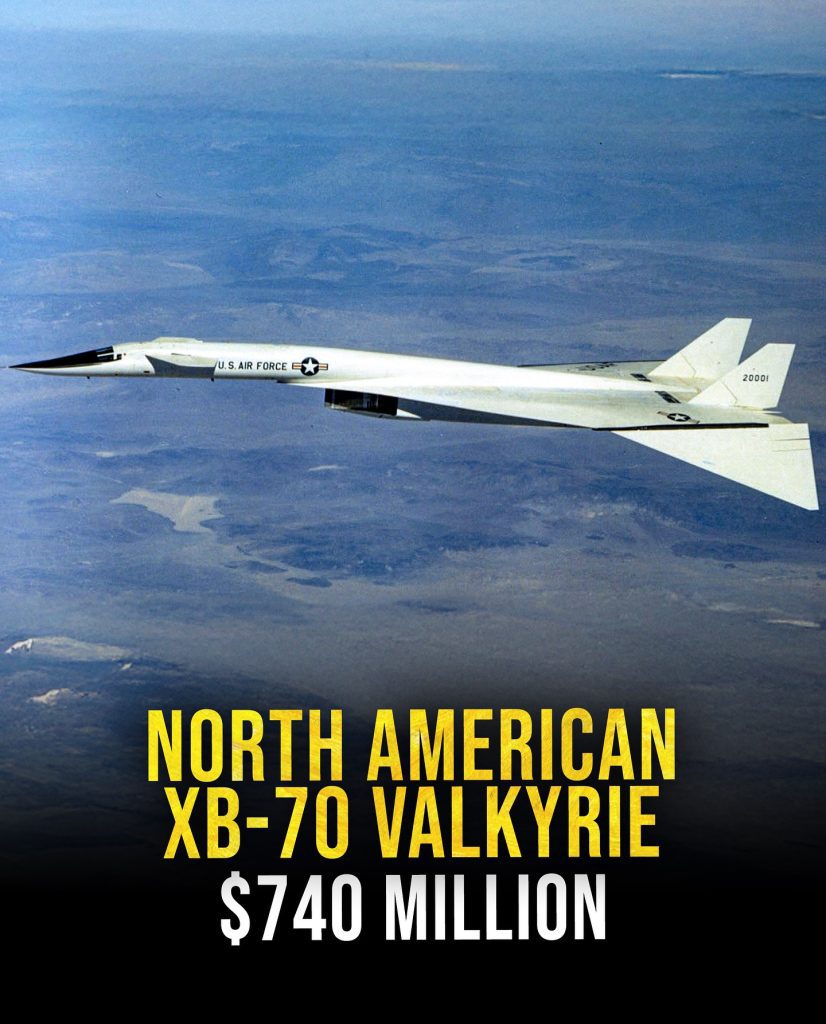
The XB-70 Valkyrie is one of the most legendary experimental aircraft ever built. Conceived in the 1960s as a supersonic nuclear bomber, it was capable of reaching speeds of Mach 3 while carrying massive payloads. At $740 million adjusted for modern values, it was an astonishingly expensive aircraft for its time. Only two prototypes were ever built, and the program was eventually canceled as intercontinental ballistic missiles became the dominant nuclear delivery system. Still, the XB-70 remains a symbol of ambition and risk-taking in aviation history. Its futuristic design influenced generations of engineers, proving that sometimes the value of an aircraft lies in the ideas it inspires, even if it never reaches full service.
Antonov An-225 “Mriya” — $500 Million
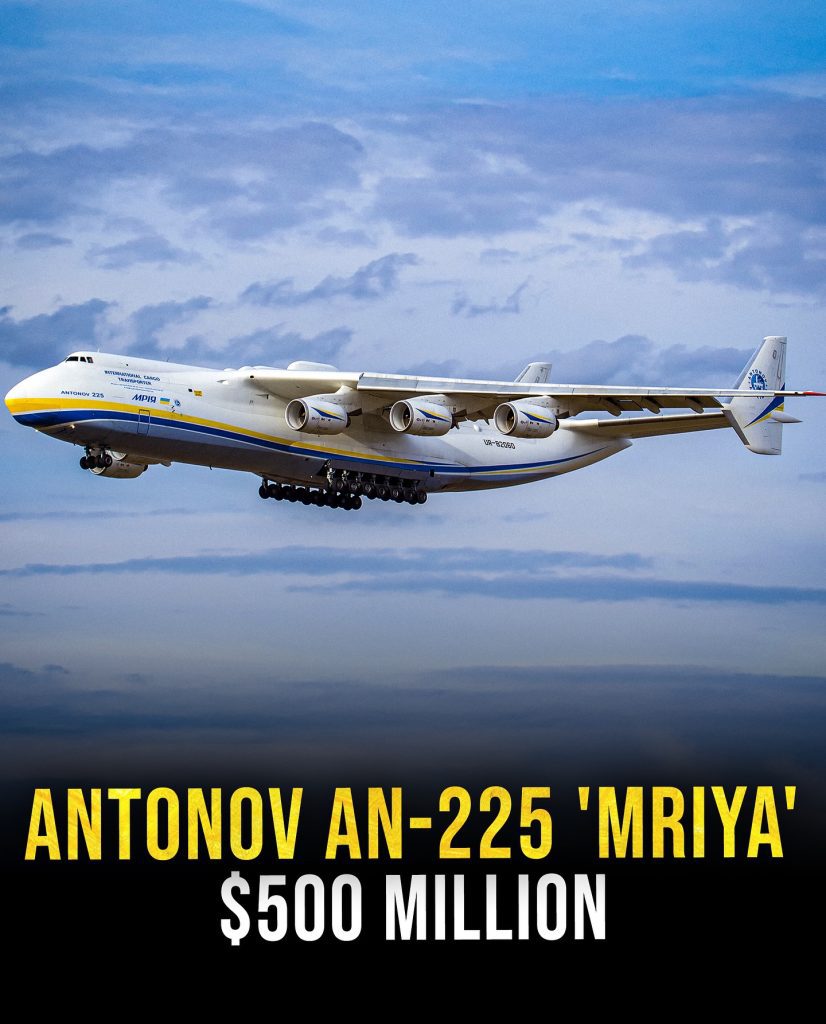
The Antonov An-225 Mriya, meaning “Dream” in Ukrainian, was the largest aircraft ever built. Originally designed to carry the Soviet Union’s space shuttle, it became an unmatched heavy lifter capable of carrying over 250 tons of cargo. With its six massive engines and enormous wingspan, the Mriya was a marvel of engineering. At $500 million, it was relatively cheaper than stealth bombers, but its unique capabilities made it priceless for missions that no other plane could handle. Tragically, the only operational An-225 was destroyed in 2022 during the Russian invasion of Ukraine. Its loss was mourned not just by aviation enthusiasts, but by the world, as it represented the peak of human ingenuity in heavy air transport.
Northrop Grumman B-21 Raider — $692 Million
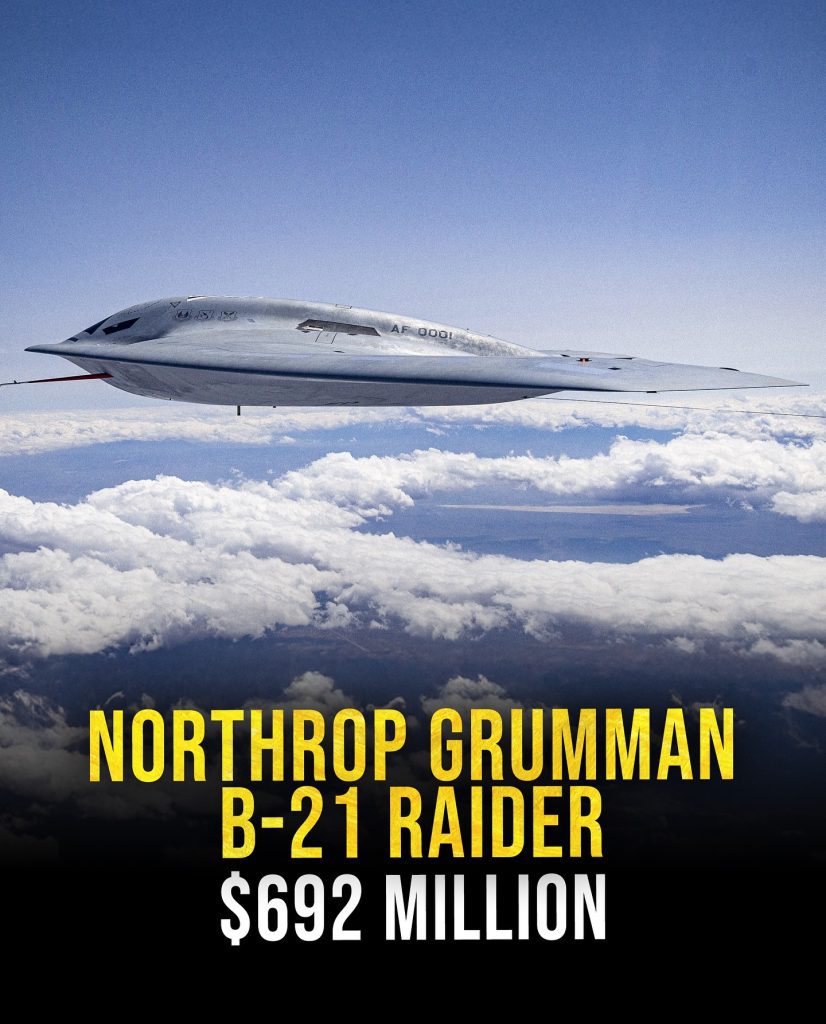
The future of stealth aviation lies in the B-21 Raider, a next-generation bomber currently being built for the U.S. Air Force. Priced at around $692 million per unit, it is expected to take over from both the B-1 and B-2 in coming decades. Designed to carry both nuclear and conventional payloads, it integrates cutting-edge stealth technologies that will keep it ahead of evolving radar systems. While still shrouded in secrecy, the Raider is already being hailed as one of the most advanced aircraft ever developed. Its role in future deterrence strategies ensures that, despite its staggering cost, it will be considered indispensable.
Conclusion
The world’s most expensive airplanes are not simply machines of steel, aluminum, and composites. They are symbols of national power, deterrence, and human ambition. From the soaring prestige of Air Force One to the haunting shadow of the B-2 Spirit, each of these aircraft tells a story of priorities and values—whether it be protecting leaders, deterring enemies, or pushing the limits of what flight can achieve. Their costs may seem astronomical, but in the eyes of governments, they are investments in security, influence, and survival. These airborne giants are reminders that in certain arenas of global power, no price is too high when the stakes are existence itself.

